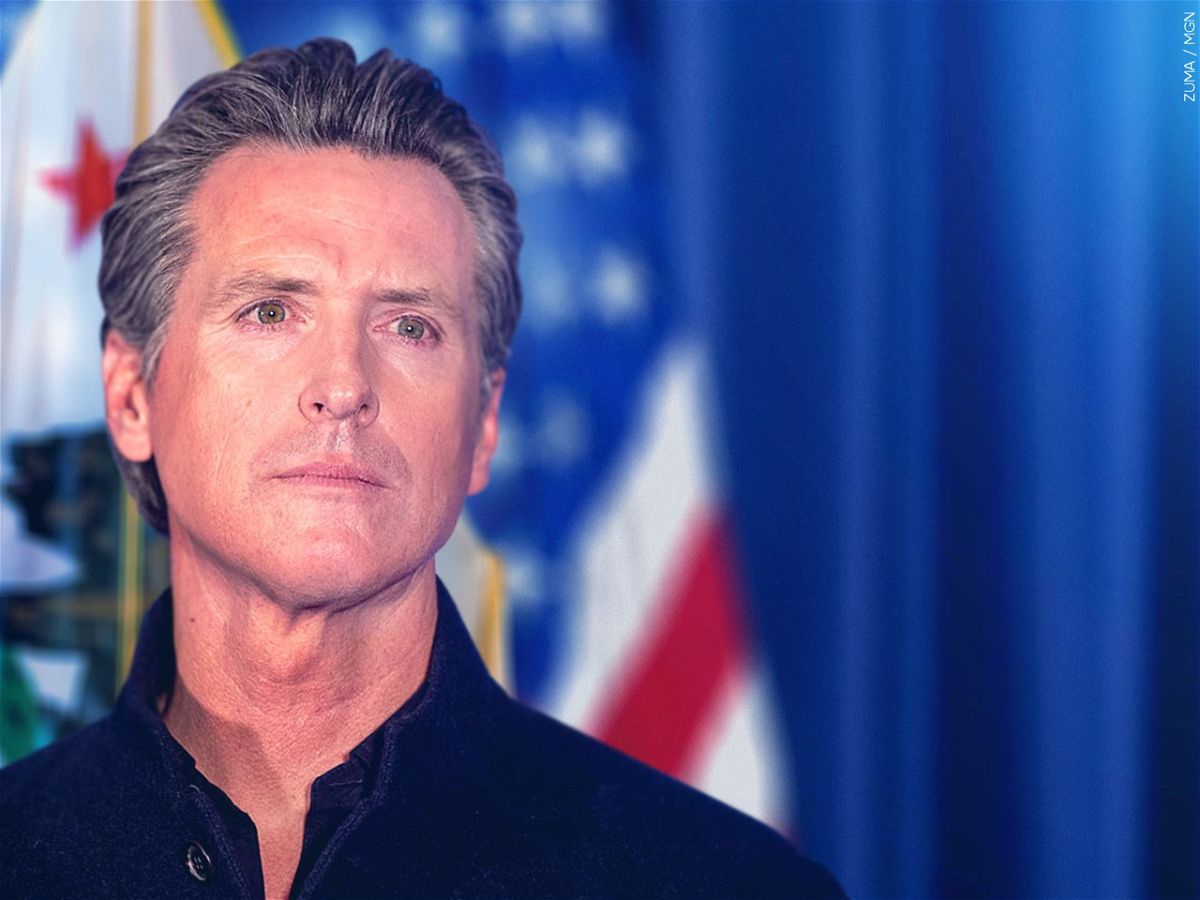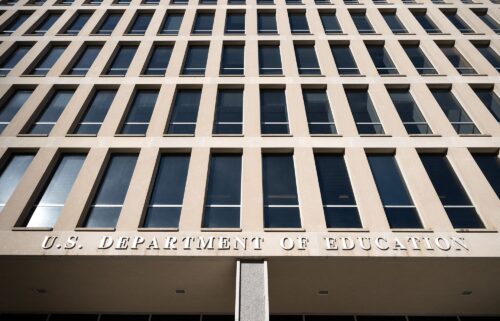California governor: $98B surplus backs true pro-life state

By ADAM BEAM and KATHLEEN RONAYNE
Associated Press
SACRAMENTO, Calif. (AP) — California Gov. Gavin Newsom on Friday pledged to use the state’s record-breaking $300 billion budget, including an unprecedented nearly $100 billion surplus, to “future proof” the state from the impacts of a volatile midterm election cycle that he fears will undermine abortion access, gun safety and privacy protections across the country.
The first-term governor of the nation’s most populous state — and a potential Democratic presidential candidate — used his budget presentation on Friday to prop up his progressive credentials while attacking his rivals in conservative states.
He trumpeted major increases in spending on health care, education, child care and the environment while also pledging to spend $125 million to make it easier for women to get abortions in California, including those from other states.
With the U.S. Supreme Court poised to possibly overturn Roe v. Wade next month, Newsom pointed to a sign displaying California’s lower COVID-19 death rate compared to the Republican-led states of Florida, Texas and Arizona, all of which are expected to further restrict or outlaw abortions if the court overturns Roe.
Newsom instituted the nation’s first statewide coronavirus stay-home order and many credit his aggressive actions throughout the pandemic with saving lives. Critics say he overreached and worsened the economic harm.
“If you’re pro-life, how the hell is this possible?” Newsom said of the higher death rates in the three states that used a more hands-off approach during the pandemic. “Spare me their mantra on being pro-life. They don’t deserve that status.”
The sign at Newsom’s presentation referred to how California compared to “the most populous states.” Texas is No. 2, followed by Florida. But Arizona is No. 14. The No. 4 state is Democratic-led, strongly in favor of abortion rights New York, whose COVID death rate is higher than Texas and comparable to Florida.
Bryan Griffin, deputy press secretary for Florida Gov. Ron DeSantis, disputed Newsom’s assertion, arguing that in “an appropriately adjusted format” Florida has fared about as well as California with COVID “but still preserved the personal liberties of its citizens and didn’t destroy a litany of small businesses in the process.”
California’s projected $97.5 billion budget surplus is unlike anything seen before at the state level and is fueled by soaring tax revenue. It is larger than the entire operating budgets of nearly every other state.
The unceasing flow of tax money prompted California Republicans — who don’t have enough numbers in the state Legislature to have much influence — to complain about high taxes reducing quality of life.
“He did not propose any permanent tax relief to deal with a worsening affordability crisis exacerbated by his policies,” said Republican Vince Fong, vice chair of the Assembly Budget Committee. “The Governor may not want to acknowledge it, but California is in crisis and his budget is unsustainable.”
Newsom said the surging revenues are “a sign of how well a number of people are doing in this economy” and a reflection of the “concentration of wealth and success in the hands of a few.”
Roughly half of California’s income tax collections come from the top 1% of earners, who have fared well during the pandemic. That system makes the state more vulnerable than others to the booms and busts of the economy.
Capital gains — the increase in value of assets such as stocks and other investments where most wealthy people derive their wealth — accounted for 9.7% of California’s personal income. That’s the second-highest ever recorded, behind the year 2000 that was just before the dot-com bubble burst and ushered in a recession.
The Newsom administration said that could be a sign the economy is about to slow down again, also citing uncertainties caused by the war in Ukraine, supply chain issues and recent actions by the Federal Reserve to combat runaway inflation. It projects capital gains revenue will drop by 22% next year.
Newsom’s proposal would leave the state with $37.1 billion in reserves while using nearly all of its surplus on things that are not recurring expenses. One of his biggest proposals is to return $18.1 billion to taxpayers in the form of tax rebates and programs that offer assistance with rent, utility bills and health insurance premiums.
With gas prices reaching a record-high in March, Newsom has suggested suspending the state tax on diesel fuel, offering rebates of up to $800 for every person with registered vehicles in the state and spending $750 million to give everyone free rides on public transportation for three months.
But that proposal has gone nowhere in the state Legislature, where Democratic leaders favor of a narrower relief package that would only target low- to moderate-income families.
Newsom insisted the two sides will come to an agreement to get checks out later this year. Republicans argue the state should instead temporarily suspend its gas tax, which at 51.1 cents per gallon is the highest in the nation.
“The governor is living in an election-year fantasyland if he believes promises of debit cards and rebates in the Fall will provide relief now,” Senate Republican Leader Scott Wilk said.
Newsom’s budget presentation comes as the state is in the throes of a deepening drought and as state energy officials warn of possible power shortages during the summer when air conditioning is at its peak.
The governor has called for people to cut their water use by 15%, but consumption went up dramatically in March. Newsom wants to spend more money to encourage conservation, provide loans to struggling drinking water systems and boost water recycling. It includes $75 million for grants to farms and businesses hurt by drought.
Meanwhile, he’s calling for $5 billion to create a 5,000-megawatt “strategic reserve” of energy to help the state avoid blackouts. One megawatt can power 750 to 1,000 homes.
Newsom’s budget document included limited details on how that reserve would be built, but he has indicated he’s open to the possibility of keeping the Diablo Canyon nuclear facility online past its planned closure in 2025, as well as some gas-fired power plants that are set to retire.
The budget plan must be approved by the Legislature and takes effect July 1.


